Published on Monday, Nov. 27, in The Astrophysical Journal Supplement, the catalog serves as a collaborative effort involving 170 scientists globally.
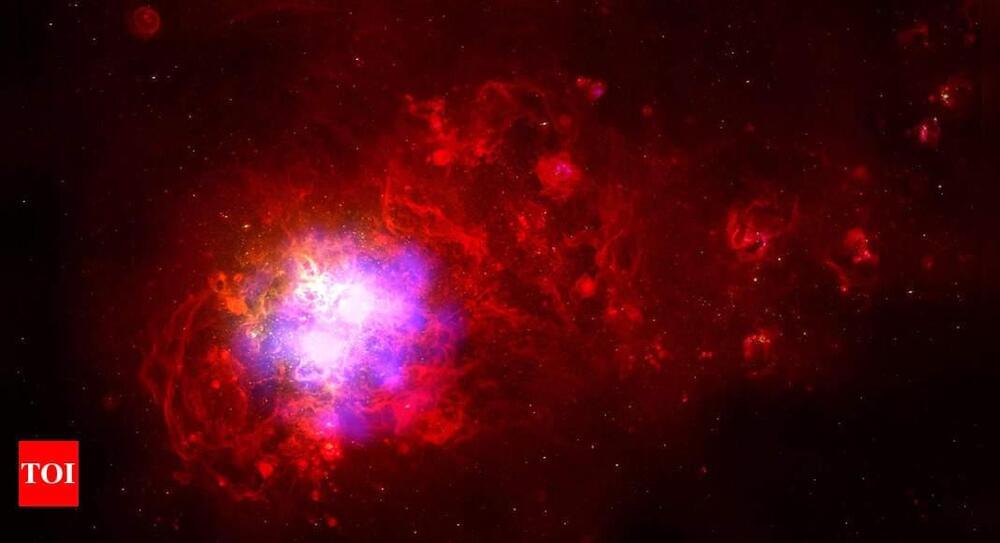

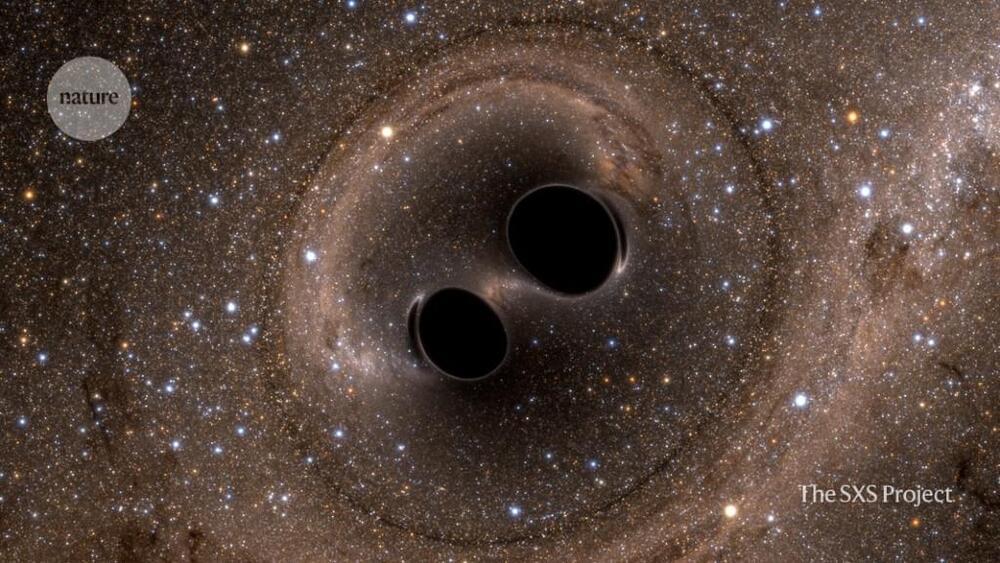
Get a free What If Top 10 book when you sign up for our newsletter: https://underknown.com/newsletter/
Dark, mysterious and consuming everything around them, black holes will rip apart anything that passes their event horizons. But could there be more? What would happen if you fell into one of those monstrosities? How could you possibly travel through the black hole itself? And if you emerged on the other side, where would you end up?
Transcript and sources: https://whatifshow.com/travelling-through-a-black-hole/
00:00 What If You Traveled Through a Black Hole?
00:47 What’s a black hole?
02:04 Crossing a charged black hole.
02:49 A mind blowing experience.
04:35 Reaching the inner horizon.
05:35 Witnessing the history of the universe.
07:24 Following different laws of physics.
Questions or concerns? Contact us at https://underknown.com/contact/
Get our 100 best episodes in one mind-blowing book: http://bit.ly/ytc-the-what-if-100-book.
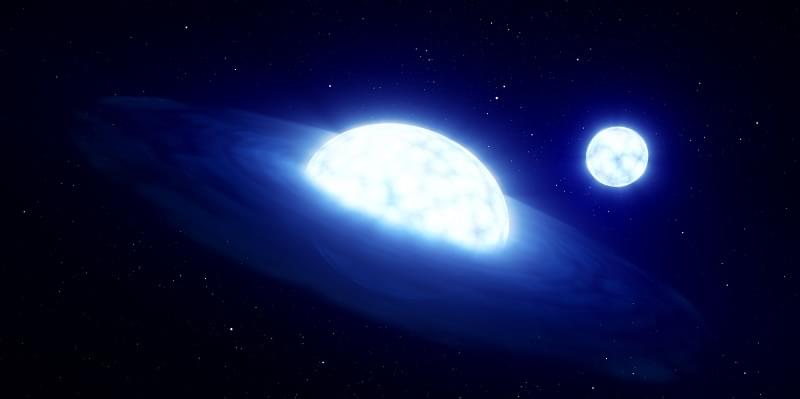
A ground-breaking new discovery by University of Leeds scientists could transform the way astronomers understand some of the biggest and most common stars in the Universe.
Research by PhD student Jonathan Dodd and Professor René Oudmaijer, from the University’s School of Physics and Astronomy, points to intriguing new evidence that massive Be stars — until now mainly thought to exist in double stars — could in fact be “triples.”
The remarkable discovery could revolutionise our understanding of the objects — a subset of B stars — which are considered an important “test bed” for developing theories on how stars evolve more generally.
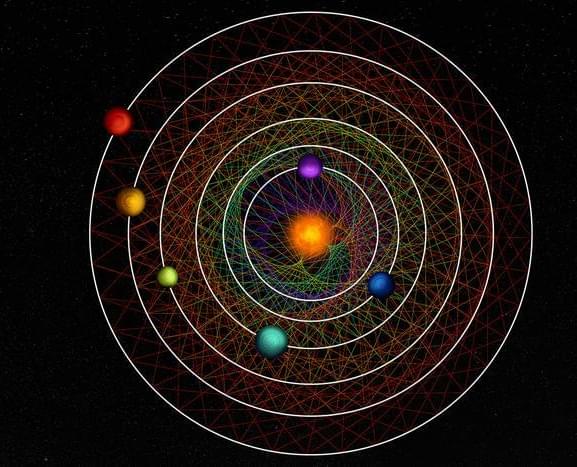
A recent study published in Nature discusses the confirmation of an exoplanetary system based on data collected in 2020. The system, known as HD 110,067, possesses six planets whose orbits are in resonance with each other, or “in sync”, meaning which could offer profound insights into the formation and evolution of planetary systems throughout the cosmos. All the planets exhibit sizes between Earth and Neptune, also known as sub-Neptunes, and was conducted by an international team of researchers using data from NASA’s Transiting Exoplanet Survey Satellite (TESS) and the European Space Agency’s CHaracterising ExOPlanet Satellite (Cheops).
Artist illustration of the planets within the HD 110,067 system exhibiting orbital resonances with the colored lines depicting their resonances with each other. (Credit: CC BY-NC-SA, Thibaut Roger/NCCR PlanetS)
“This discovery is going to become a benchmark system to study how sub-Neptunes, the most common type of planets outside of the solar system, form, evolve, what are they made of, and if they possess the right conditions to support the existence of liquid water in their surfaces,” said Dr. Rafael Luque, who is a Postdoctoral Scholar in the Department of Astronomy and Astrophysics at the University of Chicago and lead author of the study.
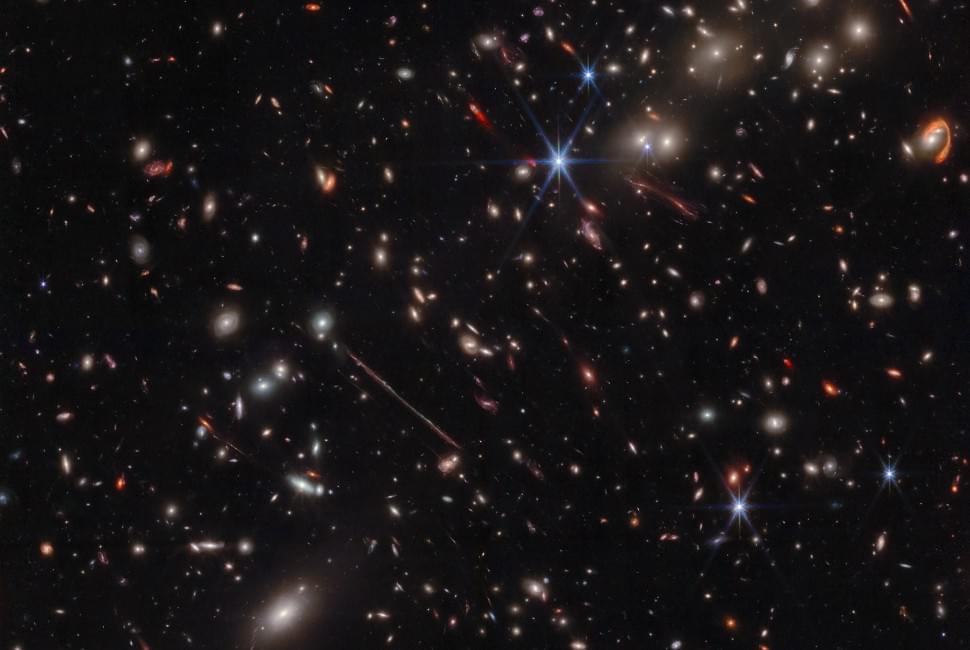
Similar to human teenagers, teenage galaxies are awkward, experience growth spurts and enjoy heavy metal — nickel, that is.
A Northwestern University-led team of astrophysicists has just analyzed the first results from the CECILIA (Chemical Evolution Constrained using Ionized Lines in Interstellar Aurorae) Survey, a program that uses NASA’s James Webb Space Telescope (JWST) to study the chemistry of distant galaxies.
According to the early results, so-called “teenage galaxies” — which formed two-to-three billion years after the Big Bang — are unusually hot and contain unexpected elements, like nickel, which are notoriously difficult to observe.
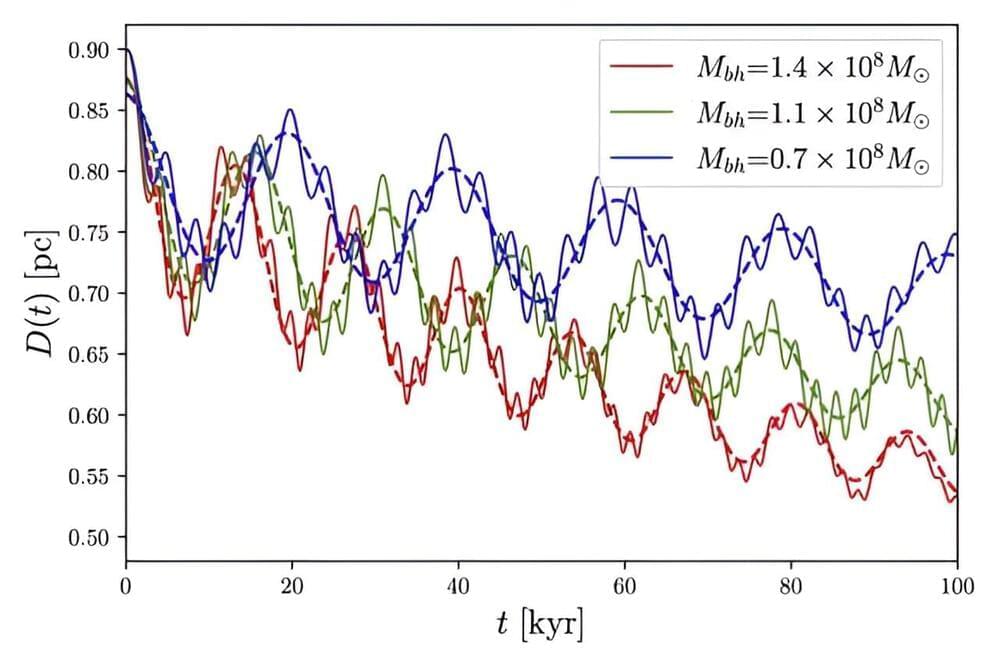
When galaxies collide, their supermassive black holes enter into a gravitational dance, gradually orbiting each other ever closer until eventually merging. We know they merge because we see the gravitational beasts that result, and we have detected the gravitational waves they emit as they inspiral. But the details of their final consummation remain a mystery. Now a new paper published on the pre-print server arXiv suggests part of that mystery can be solved with a bit of dark matter.
Just as the famous three-body problem has no general analytical solution for Newtonian gravity, the two-body problem has no general solution in general relativity. So, we have to resort to computer simulations to model how black holes orbit each other and eventually merge.
For binary black holes that are relatively widely separated, our simulations work really well, but when black holes are close to each other things get complicated. Einstein’s equations are very nonlinear, and modeling the dynamics of strongly interacting black holes is difficult.
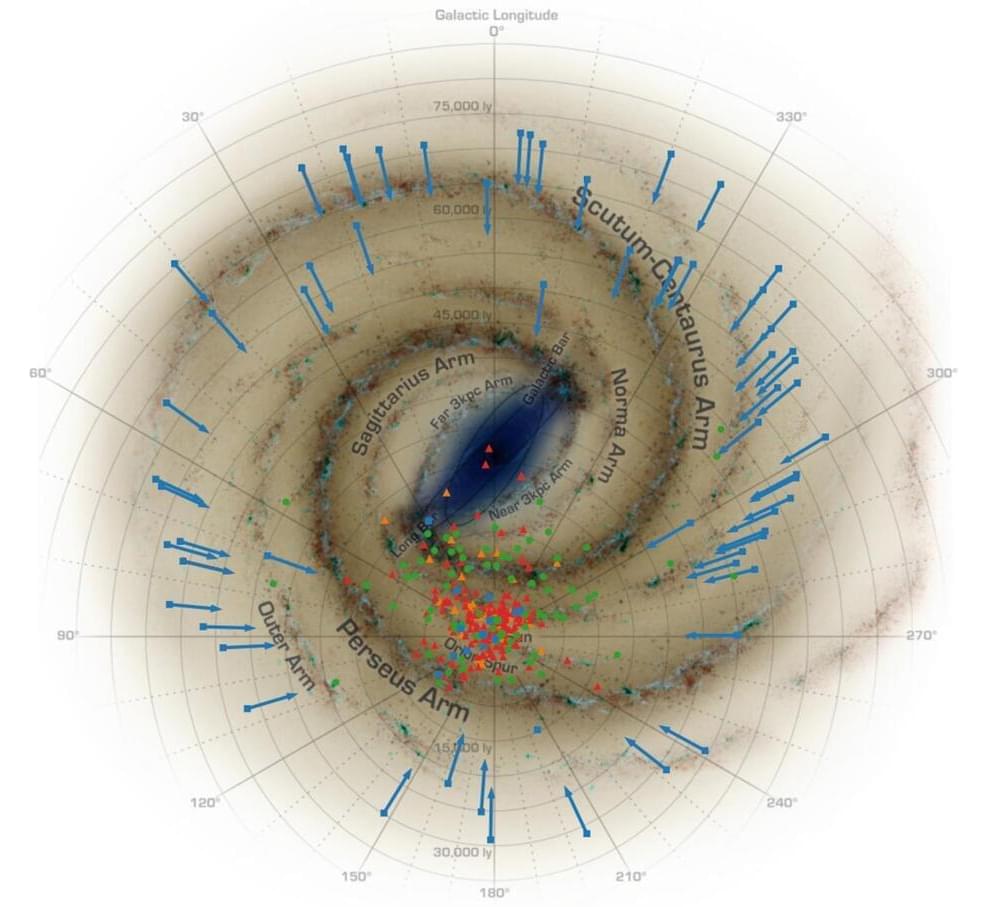
The U.S. Naval Research Laboratory (NRL), in conjunction with the international Fermi Large Area Telescope Collaboration, announce the discovery of nearly 300 gamma ray pulsars in the publication of their Third Catalog of Gamma Ray Pulsars. This milestone comes 15 years after the launch of Fermi in 2008 when there were fewer than ten known gamma-ray pulsars.
“Work on this important catalog has been going on in our group for years,” said Paul Ray, Ph.D., head of the High Energy Astrophysics and Applications Section at NRL. “Our scientists and postdocs have been able to both discover and analyze the timing behavior and spectra of many of these newfound pulsars as part of our quest to further our understanding of these exotic stars that we are able to use as cosmic clocks.”
Pulsars are formed when massive stars have burned through their fuel supply and become unable to resist the inward pull of their own gravity. This results in the star collapsing into a dense, spinning, magnetized neutron star. Their spinning magnetic fields send out beams of gamma rays, the most energetic form of light. As these beams sweep across the Earth, the highly sensitive Fermi gamma-ray telescope can observe their periodic energy pulses. With more than 15 years of data, Fermi has transformed the field of pulsar research.
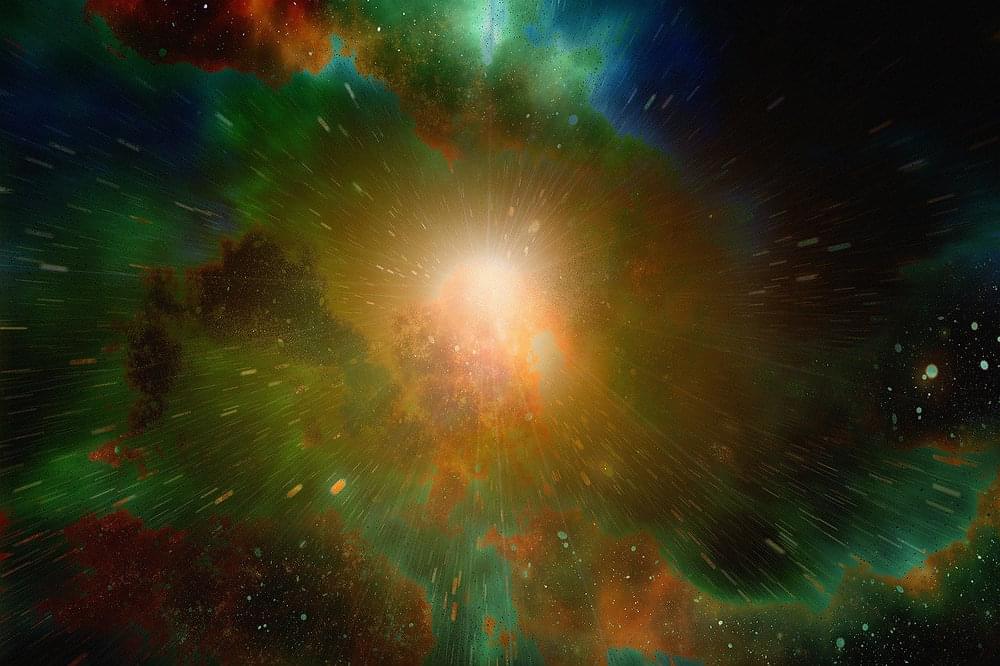
Author: Sharika Dhakappa The Big Bang is the most widely accepted theory of how the universe originated. Most physicists believe that the tremendously large universe we observe today began as a tiny, dense point. If the evolution of the universe till today were to be depicted as a movie, the Big Bang would be the beginning of it. We do not yet know what came before the Big Bang or whether that is even a meaningful question to ask. The cosmic movie would run for 13.8 billion years which is the current age of the universe as estimated by the WMAP satellite.
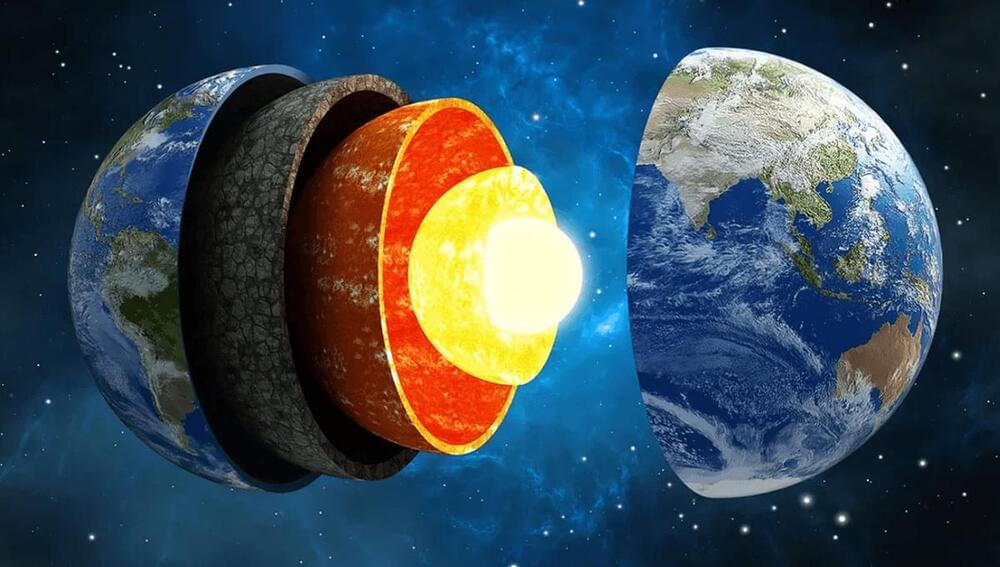
Here’s an unusual fact that takes a bit of explaining. The center of the Earth is around two and a half years younger than the surface.
About 4.6 billion years ago, a hot cloud of dust orbiting the Sun coalesced and cooled. As it did so, the heavier elements formed the center of the Earth, while lighter elements formed the mantle, and the thin layer of crust formed on the surface. This all took place at the same time, with the minor caveat that Earth has accumulated more matter in the intervening years, including potentially from planet Theia, which may have formed the Moon and left mysterious structures deep within the Earth. And yet now the center is younger than the outer bits. How?
A team of physicists calculated this strange fact in 2016. The team was aware that in the 1960s theoretical physicist Richard Feynman gave a lecture in which he stated, according to the possibly erroneous transcription, that the center of the Earth is “one or two days” younger than the surface because of the time-dilating effects of gravity. The team write that they had seen this claim repeated without being checked, likely due to “proof by ethos”, where a scientist’s status is so high that their results and calculations aren’t questioned.